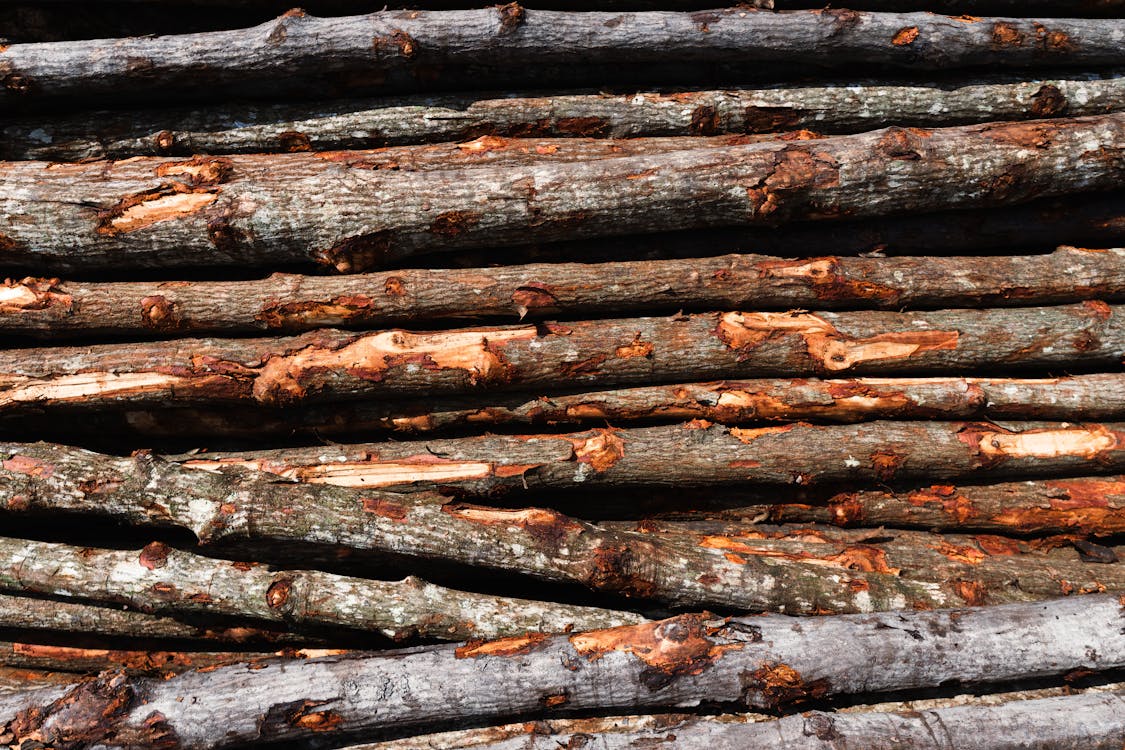When it comes to choosing wood for your subsequent production, fixtures, or DIY mission, the decision regularly boils down to 2 options: dressed timber and rough sawn wood. Each has its own unique functions, advantages, and ideal programs. Understanding these variations will help you make a satisfactory preference in your undertaking. This guide will delve into what makes those kinds of timber awesome, their benefits, and how to decide that is proper to your wishes.
What Is Rough Sawn Timber?
Rough-sawn wood is timber that is cut without delay from the log into specific sizes without the present process of similarly processing. The floor of this wood is unpolished, giving it a country and rugged texture.
Key Features of Rough Sawn Timber:
- Appearance: Retains a coarse, herbal appearance with visible saw marks.
- Size: Typically reduced to barely larger dimensions than dressed timber, as a few fabrics might be removed for the duration of the dressing procedure.
- Finish: Has no sanding, planing, or smoothing, leaving an uncooked floor.
- Cost: Usually extra low-cost due to minimum processing.
What Is Dressed Timber?
Dressed wood, also referred to as planed timber, is hard sawn wood that has been processed to gain an easy, polished finish. This kind of wood is dealt with to take away any rough edges or imperfections, resulting in an extra delicate and uniform product.
Key features of dressed timber:
- Appearance: Smooth and glossy, suitable for aesthetic applications.
- Size: Comes in unique dimensions, making it less difficult to paint with.
- Finish: Fully planned on all sides, providing a smooth, expert look.
- Cost: Slightly extra high priced because of additional processing and hard work.
Comparing Rough Sawn Timber and Dressed Timber
When deciding among hard sawn and dressed timber, take into account the following factors:
1. Cost
If financial constraints are a first-rate consideration, rough-sawn wood is frequently the higher choice. Its minimal processing makes it more cost-powerful compared to dressed timber. However, dressed timber’s extra value can save you effort and time in positive applications.
2. Aesthetic Appeal
For tasks wherein appearance matters—together with furniture, cabinetry, or ornamental functions—dressed wooden is the preferred preference. Its polished finish enhances the general look and provides sophistication. Conversely, rough-sawn wood is ideal for rustic designs wherein a natural, uncooked texture is desired.
3. Ease of Use
Dressed wood is prepared-to-use immediately out of the provider’s backyard, making it extra handy for DIY fans and experts alike. Rough sawn wood can also require extra sanding or planing to fulfill project specs.
4. Strength and Durability
Both forms of timber are similarly strong, furnished; they may be sourced from remarkable timber. The distinction lies in their usability. Rough sawn wood is barely larger because of its unfinished nature, providing extra material for heavy-obligation packages.
5. Environmental Considerations
Rough-sawn timber frequently has a lower environmental impact because it requires less processing. If sustainability is a priority, this may be a critical aspect to not forget.
Applications of Rough Sawn Timber
Rough sawn wood is flexible and desirable for diverse initiatives, particularly people who require a robust, unfinished appearance. Some common uses include:
- Construction: Ideal for structural work, framing, and supports.
- Fencing: Its rugged texture is perfect for out-of-door fences.
- Landscaping: Used in maintaining partitions, garden beds, and decking substructures.
- Rustic Furniture: Adds individual to tables, benches, and other rustic-fashion furniture.
Applications of Dressed Timber
Dressed wood is a pinnacle desire for projects that require precision and a cultured end. Some common programs include:
- Furniture: Perfect for indoor fixtures like chairs, tables, and shelves.
- Flooring: Its smooth surface is suitable for wooden flooring.
- Cabinetry: Ideal for constructing shelves and cabinets with a professional finish.
- Trim and mouldings: used for skirting boards, door frames, and ornamental functions.
Tips for Choosing the Right Timber
- Assess Your Project Needs: Determine whether or not aesthetics, value, or structural electricity is your priority.
- Consider the Environment: For outside projects, ensure the wood is handled to withstand climate conditions.
- Evaluate Your Budget: Factor in now not simply the fabric value but additionally the exertions and time required for instruction.
- Ask for Expert Advice: When in doubt, consult a trusted provider for recommendations primarily based on your task requirements.
Why Quality Matters
Regardless of whether you pick out rough-sawn timber or dressed wood, the first rate of the wood is important. High-first-class wood ensures durability, ease of management, and a better final product. Always buy from professional providers to assure the fine outcomes.
Conclusion
Both rough-sawn timber and dressed wooden have precise qualities that make them appropriate for exceptional applications. While rough-sawn wood is best for rustic, fee-effective, and heavy-obligation projects, dressed timber offers precision, beauty, and ease of use for cultured and fine woodworking obligations. The selection in the long run depends on your project necessities, finances, and personal choice.At Bansal Forest Products, we appreciate the significance of selecting the proper sawn wood for your initiatives. With a wide variety of exceptional wooden options, we are devoted to presenting answers tailored to your wishes. Whether you are looking for sturdy, rough-sawn wooden or polished-dressed wood, Bansal Forest Products is your trusted accomplice in sourcing the nice wood for every undertaking. Contact us nowadays to discover our offerings and produce your vision to existence!


